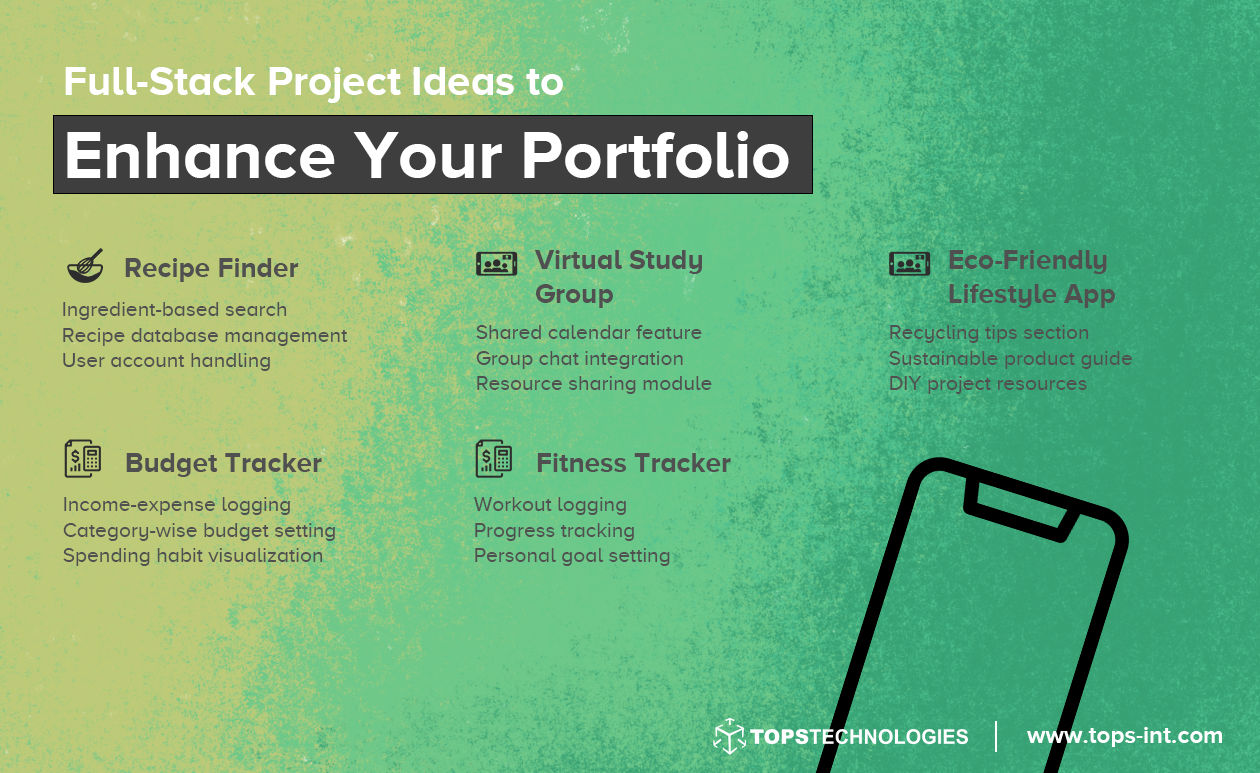Popular Frameworks and Tools
Keeping abreast of current frameworks and tools is essential. These include:
- Front-end: Angular.js, React.js
- Back-end: Express.js, Django
- Tools: Visual Studio Code, Git
Reports indicate a 20% increase in demand for full-stack developers in India over the last three years. The upward trend extends to salaries too, witnessing an average annual growth of 15%.
Given this information, transitioning into Full Stack Development can be a viable career switch that aligns with your professional goals.

Assessing Your Current Skills and Knowledge
Knowing where you stand regarding your technical skills is the first crucial step for Full stack development career change. Ask yourself, "What is my level of proficiency in languages like HTML, CSS, JavaScript, or Python?"
Familiarity with databases and web services should also be part of this self-assessment. Consider using online evaluation platforms to get a more objective understanding of your capabilities.
Identifying Transferable Skills
The beauty of a career transition is that not everything from your past professional life goes to waste.
You likely possess transferable skills like problem-solving, logical thinking, or teamwork. Take time to jot down these skills. They're invaluable, providing a solid base when switching into full-stack development.
Addressing Skill Gaps and Learning Needs
Let's face it, there will be gaps in your skill set, and that's okay. Your goal should be to identify these gaps.
Are you less familiar with back-end development? Do you struggle with managing databases?
Once you've identified these, take steps to address them. Utilize online courses, coding boot camps, or mentorship programs to enhance your learning and bridge the skill gap.
Complete List Of Skills Needed To Become A Full Stack Developer
Front-end Development
Here is how you can learn web development from scratch:
HTML, CSS, and JavaScript
When building the face of a website, three main technologies come into play - HTML, CSS, and JavaScript. HTML (HyperText Markup Language) sets the structure of a web page. It's a website's skeletal system, dictating content organisation.
On the other hand, CSS (Cascading Style Sheets) is like the website's fashion consultant. It manages the site's presentation, controlling the layout, colours, fonts, and overall aesthetic appeal.
Then we have JavaScript, the wizard that brings interactivity to a static webpage. It allows users to engage with the site in real-time, enabling features like clickable buttons, pop-up menus, and form validations.
Understanding and mastering these three elements are fundamental to front-end development. Numerous online resources and Web Development Courses are available to help you delve deep into these areas.
Responsive Web Design
Responsive web design is a modern necessity. It's the practice of designing websites to look and function well on all devices - from desktops to smartphones.
Given the rise in mobile browsing, the ability to create responsive designs is a sought-after skill. Understanding grid-based layouts, media queries, and flexible images and media is key here.
Back-end Development
Server-side Programming (e.g., Node.js, Python, Ruby)
Switching to the backstage operations of a website, we encounter server-side programming. It's what makes a website tick and store information. Languages like Node.js, Python, and Ruby are frequently used.
Node.js, a runtime environment for JavaScript, lets you build fast and scalable server-side applications. Python, famed for its simplicity and readability, is highly used in web development. With its elegant syntax, Ruby is often used in web apps and is the language behind Ruby on Rails, a popular web application framework. There are Python Certification Course, Ruby training, etc available that provide placements after course completion!
Databases and Data Modeling
The ability to effectively store, retrieve, and manipulate data is at the heart of any functional website. Databases are fundamental, and learning how to work with them is essential for back-end development.
Knowing SQL (Structured Query Language) helps you interact with databases effectively. Data modelling, or designing a database's structure and layout, is another essential skill. It requires understanding how data elements relate and flow within the system.
Integration and Development of APIs
Mastering API (Application Programming Interface) creation and integration is a key component of full stack development.
APIs act as a bridge, linking various software programs without requiring them to understand how they are developed. In today's linked digital economy, being able to create, integrate, and protect APIs is a crucial ability.
Version control, such as Git
Finally, understanding version control systems, especially Git, is essential.
Systems for version control assist developers in monitoring and managing changes made to a project over time.
Multiple individuals can work on a project together without treading on each other's toes thanks to it. Due to its robust capabilities, Git in particular is a distributed version control system that is frequently used.

Hands-on Projects and Portfolio Building
A. Importance of Personal Projects in Demonstrating Skills
- Personal projects give a tangible demonstration of your skills and competencies.
- They prove your hands-on experience and ability to apply learned concepts.
- In Full Stack Development, real projects offer a powerful showcase of your grasp of both front-end and back-end processes.
B. Identifying and Working on Real-world Projects

- Choose projects that mimic real-world needs, like a personal blog site or a small-scale e-commerce platform.
- Pursue something that genuinely interests you to maintain motivation.
- Contributing to open-source projects can provide valuable real-world experience and exposure to collaboration.
C. Showcasing Your Projects on GitHub and Personal Website
- Use GitHub as your public code portfolio. It's a platform to upload, track changes, and collaborate on projects.
- A personal website, which can also be a part of your projects, offers another platform to showcase your abilities.
- Include a portfolio section on your website to highlight your projects, demonstrating your progress, capabilities, and working style.
Remember, a compelling portfolio can make a significant difference when transitioning to a Full Stack Development career. It showcases not just what you've learned but how you've applied it - potentially paving the way to your dream role in Full Stack Development.

Creating an Impressive Resume and LinkedIn Profile
A. Highlighting Relevant Skills and Projects
- Detail your proficiency in various programming languages, frameworks, and tools.
- Demonstrate how you've applied these skills through practical projects.
B. Emphasising Transferable Skills from Previous Career
- Include relevant experiences from your previous career.
- Highlight transferable skills such as problem-solving, teamwork, project management, and communication.
C. Showcasing Continuous Learning and Professional Growth
- Exhibit your commitment to continuous learning and staying updated with industry trends.
- List recent courses, webinars, or workshops you've attended, showcasing your dedication to professional growth.
- Remember, your resume and LinkedIn profile are reflections of your professional journey. Craft them carefully to best present your skills, experiences, and growth trajectory.

Get Training From The Best IT Training Institute In Ahmedabad!
Looking to transition into Full Stack Development? Look no further than TOPS Technologies.
- Industry Experience: With over 15 years in the IT Training & Placement Industry, TOPS has proven expertise.
- Successful Placements: Over 1,00,000 students have successfully transitioned into their desired fields through TOPS.
- Company Tie-ups: TOPS boasts an expansive network with over 3000 companies, providing students with numerous job opportunities post-training.
- Accessibility: With more than 19 offices across India, TOPS makes high-quality IT training accessible.
If you're eyeing a career in Full Stack Development or want to pursue a
Full Stack Developer Course in Surat then TOPS Technologies offers comprehensive training and placement services to help you succeed.
Conclusion
The transition into Full Stack Development can be incredibly rewarding, both professionally and financially. In India, there has been a significant rise in salary, with an average increase of 20% annually for Full Stack Developers. Some of the top companies hiring include giants like Infosys, Wipro, and TCS, reflecting a strong demand for this role.
However, to effectively navigate this transition and stay ahead of the competition, quality training is crucial. That's where
TOPS Technologies comes in. As the leading
IT Training and Placement Institute, TOPS Technologies offers a comprehensive
Full Stack Development course, ensuring you're well-equipped to hit the ground running in your new career.
FAQs
What is Full Stack Development?
Full Stack Development involves working with both front-end and back-end technologies of web development, giving you complete control over a project.
Do I need a degree to become a Full Stack Developer?
While a degree can be beneficial, it isn't necessary. Self-learning, practical experience, and comprehensive courses, like those offered by TOPS Technologies, can lead to success.
What's the average salary of a Full Stack Developer in India?
The average salary for a Full Stack Developer in India is around INR 9,00,000 per annum, with experienced developers earning significantly more.
Which programming languages should I learn for Full Stack Development?
HTML, CSS, and JavaScript are foundational. For the back end, Python, Ruby, or Node.js are popular choices. Databases like SQL are also essential.
How long does it take to become a Full Stack Developer?
The timeline varies based on your prior knowledge, the intensity of your learning, and practical application. Generally, it can take anywhere from a few months to a couple of years.










